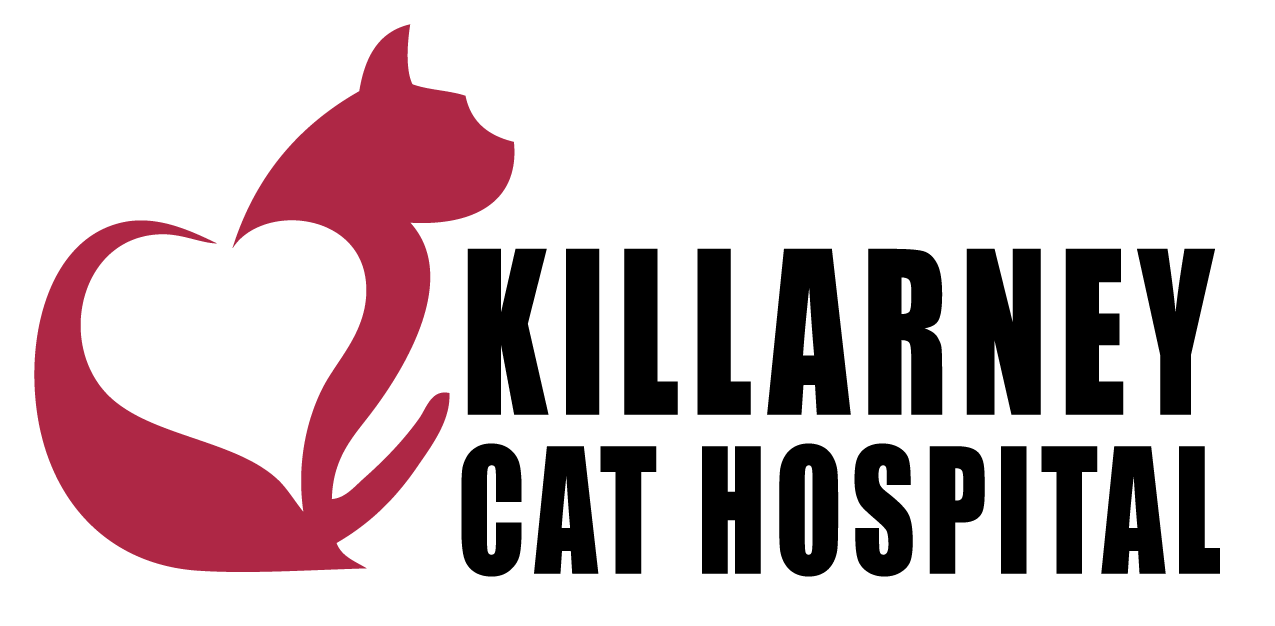In modern Veterinary Medicine we are very proud of extremely low incidence of anaesthetic complications. We can attribute this to:
- Careful pre-anesthetic physical examination
- Screening patients for potential risk factors
- Using only the safest anaesthetic agents available
- Hi-tech monitoring devices during anesthesia
What is general anesthesia and why is it necessary?
There are some medical/surgical procedures which are very painful unless we desensitize the area of interest (local anesthesia), or the whole patient (general anesthesia). In veterinary medicine, many surgical procedures require general anesthesia since animal patients do not always co-operate in a manner which would allow the safe completion of the procedure.
How safe is general anesthesia?
In general, it is very safe. Thousands of animals and people are anesthetized every day, with very few experiencing any adverse effects
How do I tell whether my cat is a low or high anesthetic risk?
We use a classification system for our veterinary patient which is established by the American Society of Anesthesiologists. Anesthetic risk is categorized by five groups of patients. Most young, healthy patients admitted for elective sterilization are excellent candidates for anesthesia and belong to group I. Most healthy, geriatric patients (older then 8-9 years) belong to group II. Groups III, IV and V are for pets with mild to severe organic or systemic diseases. A safe anesthetic plan is formulated after considering the animal’s temperament, physical status, previous medical history, current medication and the type of procedure to be performed. The anesthetic plan encompasses choice of anesthetic drugs, and their route of administration.
My cat appears to be very healthy and has received a clean bill of health on the physical examination, but I am still concerned, should I be?
This is why we offer our clients/patients a pre-anesthetic blood test. Unfortunately, the physical examination cannot reveal all problems. There are some conditions, which can only be detected from blood tests. When anesthetic gas is inhaled, it must also be eliminated from the body in order for the patient to wake up. There are essentially three organs responsible for eliminating drugs from the body – lungs, liver and kidneys. If one of these organs is not functioning properly, the patient may have a prolonged or complicated recovery. The pre-anesthetic blood test helps us to identify these hidden abnormalities.
What will happen if the blood tests show abnormalities?
Abnormalities call for special considerations. We will postpone the general anesthesia and will make every effort to contact you in order to discuss the situation. During this discussion, we would recommend running a full blood panel in order to determine the severity of the problem and how it should best be treated.
Are there any differences in anaesthetic agents?
Yes. They differ in how they are given, what effect they have, how they are eliminated from the body and safety factors. In general, anaesthetics can be given into vein, muscle, and trachea.
What is the advantage of gas aneshtesia over injectable aneshtesia?
The depth and duration of anesthesia can be regulated very easily. The disadvantage is that gas anesthesia is more expensive and there is also a significant investment in the anaesthetic equipment. We prefer to use gas anaesthetic in every case.
Are there different gas anesthetics?
Yes. There are few different types of gas anaesthetics available. Isoflurane is very safe and its suppressive effect on respiratory and cardiovascular system is mild. It is very safe and recommended for all life stages of pets, especially for older and debilitated patients. Sevoflurane is a relatively recently developed gas anaesthetic. At this time it is the safest gas anaesthetic on the medical market. The cost is higher then Isoflorane.
Why and how is the patient monitored during anesthesia?
Monitoring ensures the patient maintains all the important vital signs and helps to quickly detect any abnormalities which may occur in the cardiovascular system. Monitoring techniques have greatly improved in recent years and we use these new high-tech electronic devices. Besides heart rate and respiratory rate, we are able to monitor the heart by an EKG, blood oxygen perfusion, body temperature, blood pressure and so on. These techniques were not available until recently
What should I do before my pet’s anesthesia?
The most important step from the owner’s point of view is to fast the patient. You will be asked not to feed your cat at least 8-12 hours before the anesthesia. You will receive detailed instructions by our receptionist when you book an appointment. This is very important for the patient’s safety. The second step is to bring your cat to the hospital in the early morning so it has ample time to rest and settle down before the elected procedure.
I have never seen a surgery room before, could I have a tour?
We would be very happy to give you a tour of the operating room and answer all your questions. You can also choose to view our photo album if you do not wish to tour the operating room.




